FOBIF has questioned fire officers about their management of a parcel of land at the junction of Irishtown and Hunter’s Tracks in the Fryers forest.
The 17 hectare zone has been carved into several smaller zones by brutal gouging of mineral earth breaks. Two of these zones have been quite savagely burned: many trees, including big ones, have been destroyed, and canopy scorch, indicating probable death, affects about half the trees in the zones.
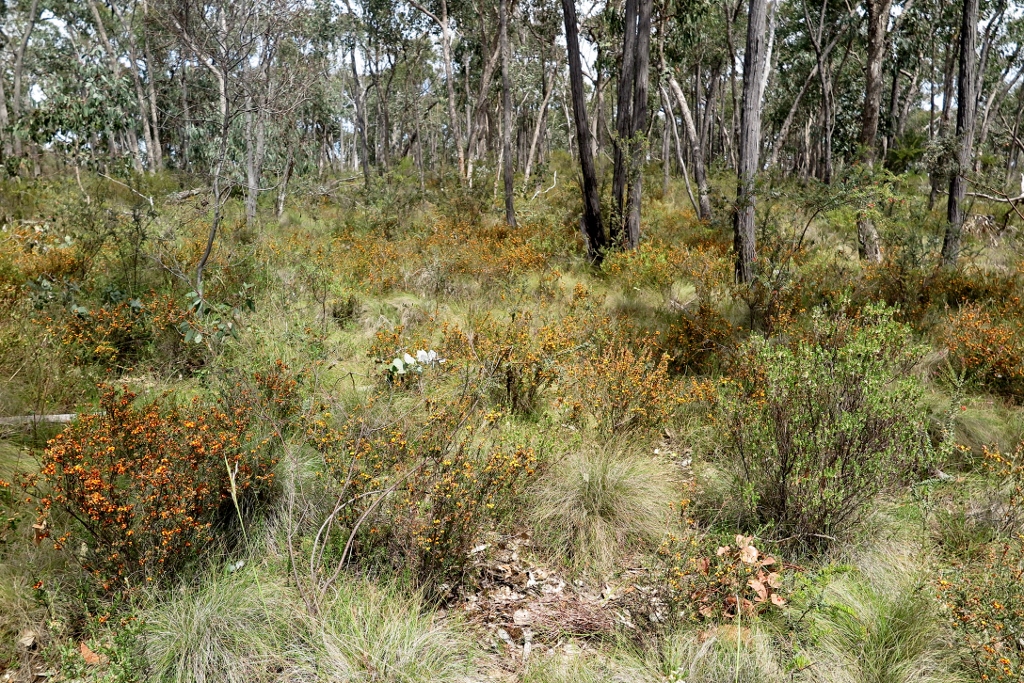
The zone before the fire…
DEECA has informed us that this exercise was conducted ‘for training purposes only’, and that other sections in the zone will be burned for the same reason over some years.
‘Training’ fires, as we understand them, are lit to teach fire officers to investigate aspects of fire behaviour, including how a fire might have been ignited. They are obviously useful exercises for all sorts of reasons…
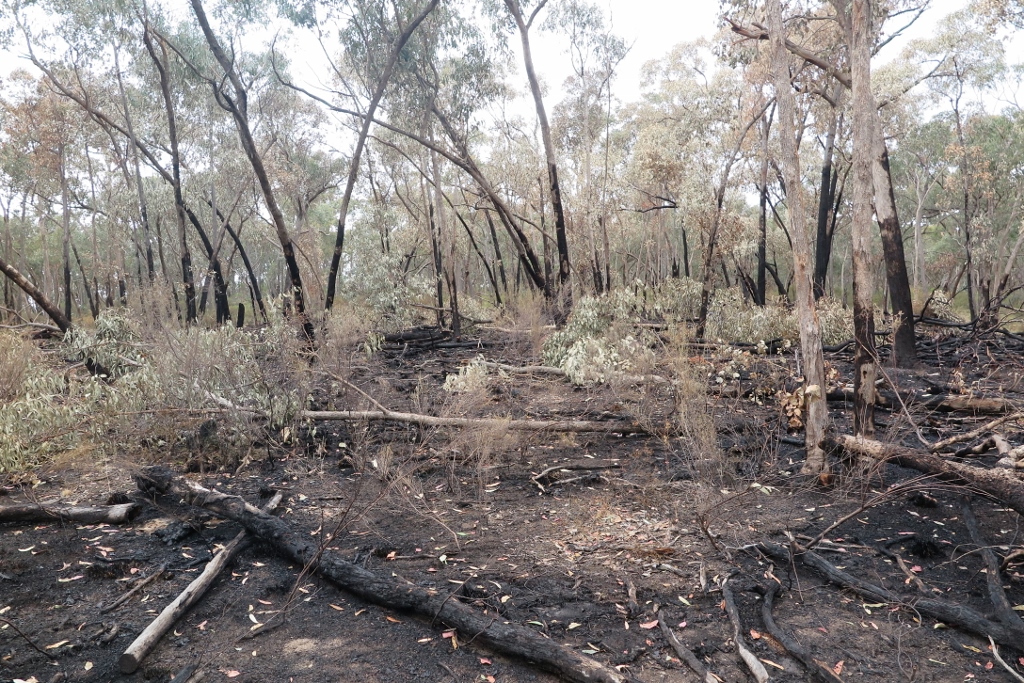
…and after. Many trees felled, many more canopy scorched, whose survival is in doubt.
But is it necessary to destroy the bush in order to achieve their purposes?
Interestingly, the zone in question is not listed as ‘training’ or ‘fire investigation’ in the Joint Fuel Management Plan released for consultation some months ago. In that document it appears as a ‘Landscape Management Zone,’ the intention of which is ‘To provide bushfire protection by reducing overall fuel hazard and bushfire hazard in the landscape.’ LMZ is the mildest of DEECA’s fuel management strategies. What we’ve seen at Hunter’s Track is almost bushfire intensity.
Here’s another thought: the photo below shows a sawn off stump, sprouting already in the middle of an earth break. As well as being cute, it’s a sign of hope: The bush is tenacious.
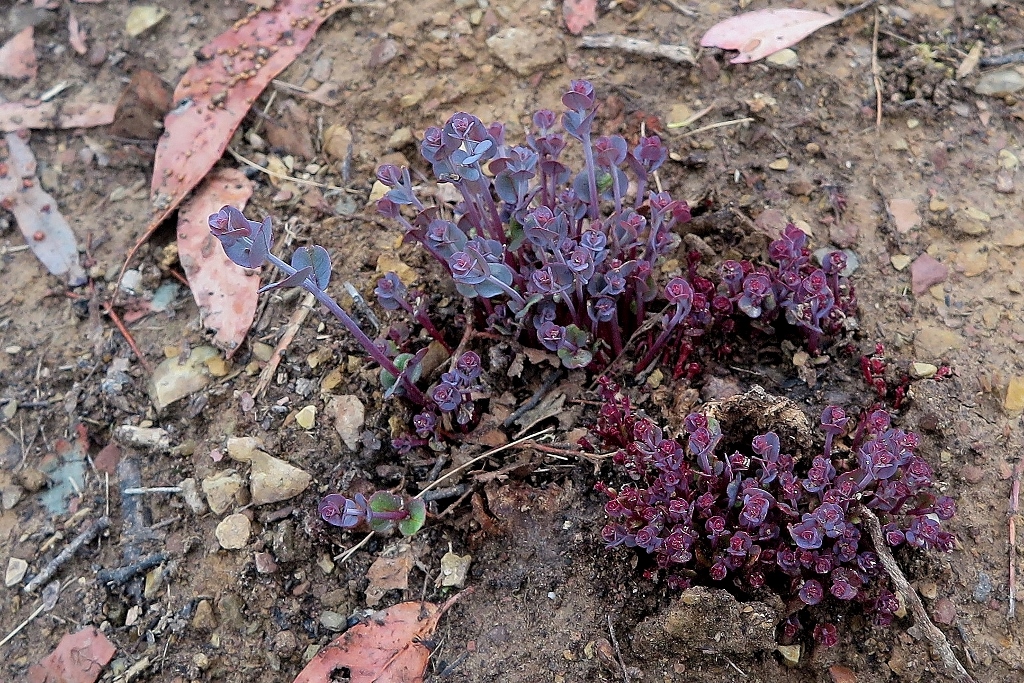
Resprouting eucalypt, Hunters track. It’s a sign of regeneration–but what kind of regeneration?
On the other hand, it poses a question: when the bush is burned severely, it regenerates profusely, creating a greater fuel hazard than existed before. DEECA acknowledges this. As an example: a zone on the other side of Hunter’s track, which had been burned some years ago, is now head high in flammable Cassinia.
And a further question: other exercises we have monitored, like Wewak Track, have shown riotous growth of some species–but the effect on the biology of the area generally is only patchily known. That is an unsettling thought.
We’ve requested an on site meeting with fire officers.

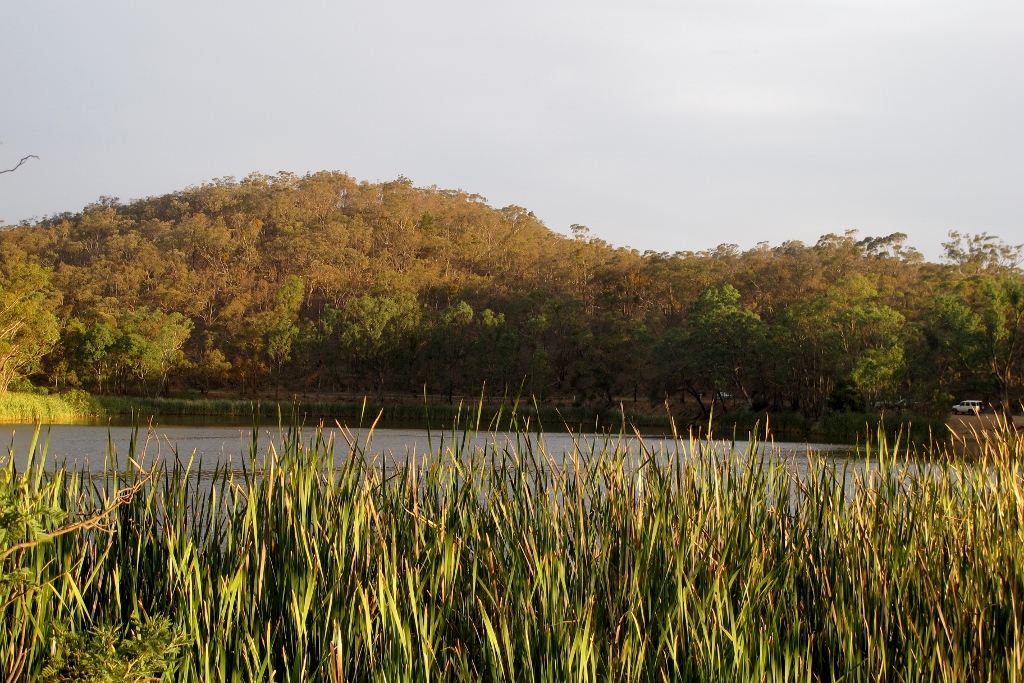
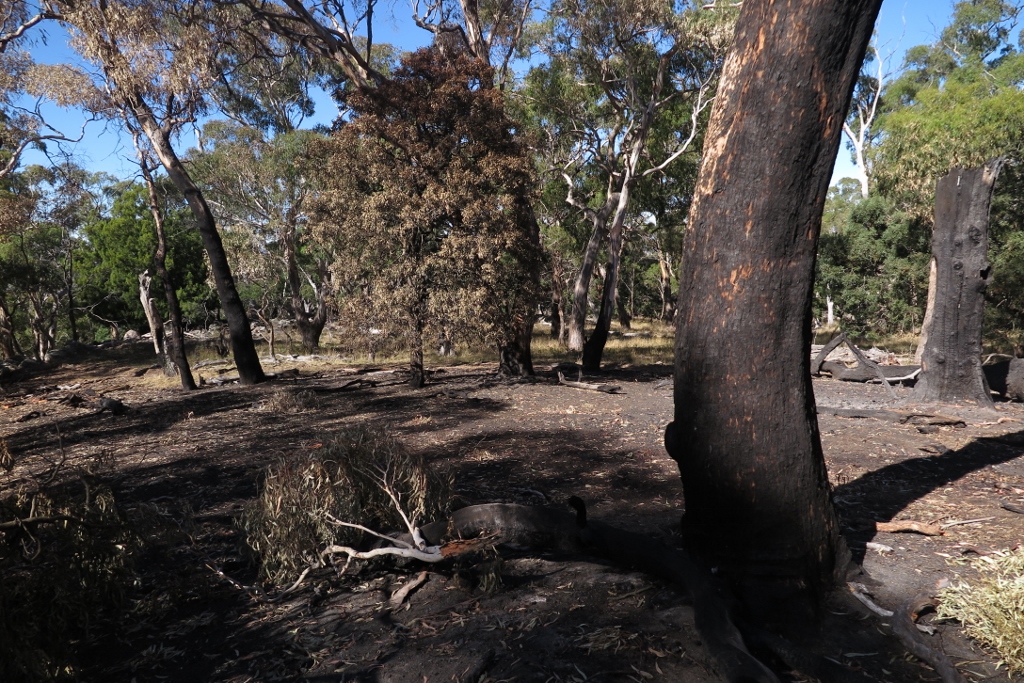
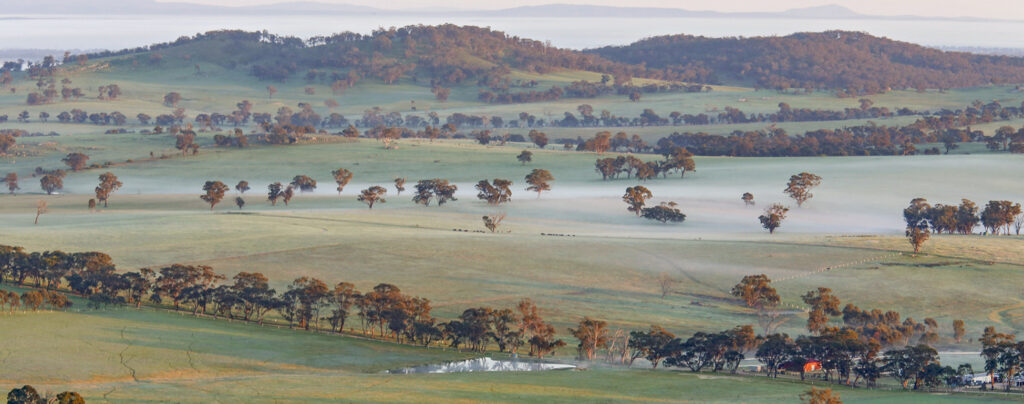
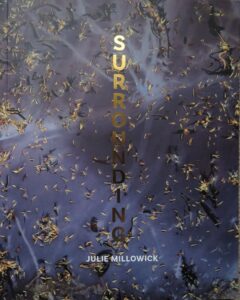
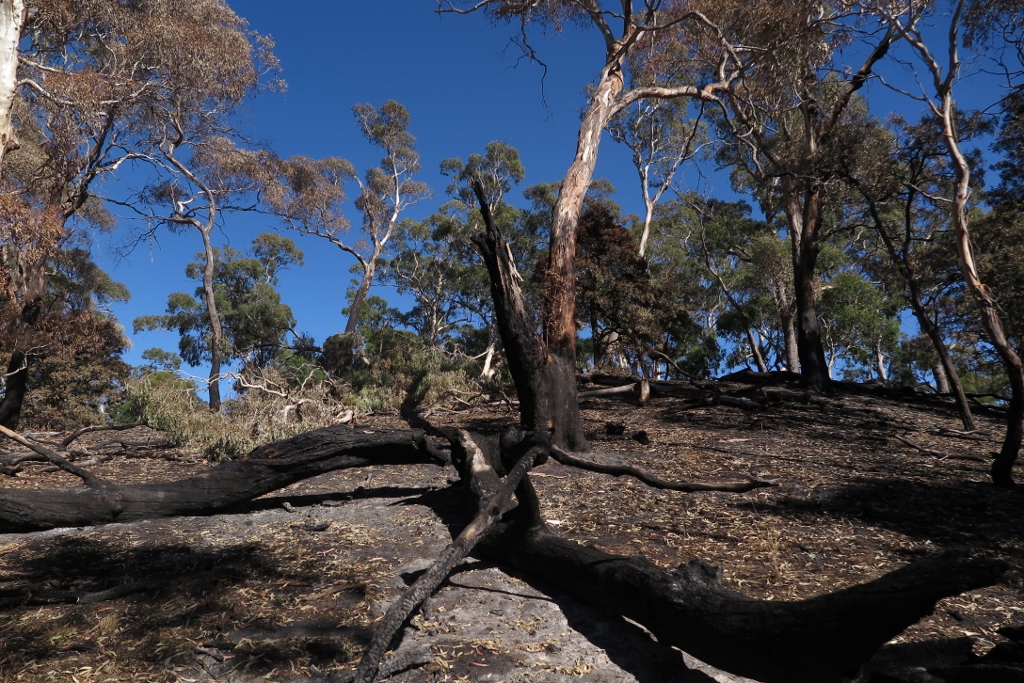
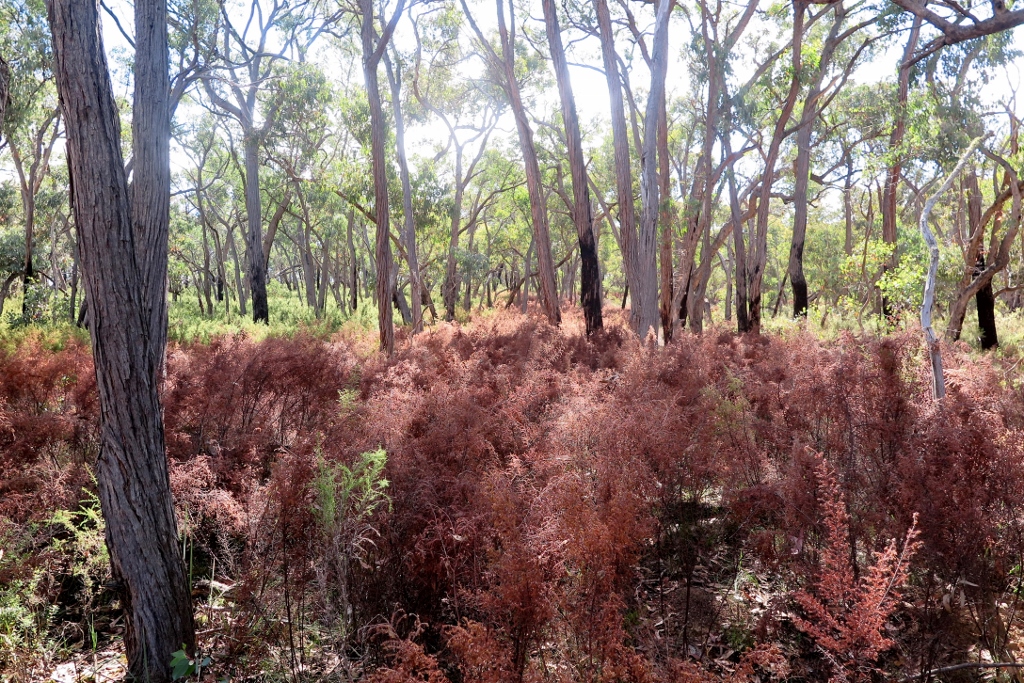
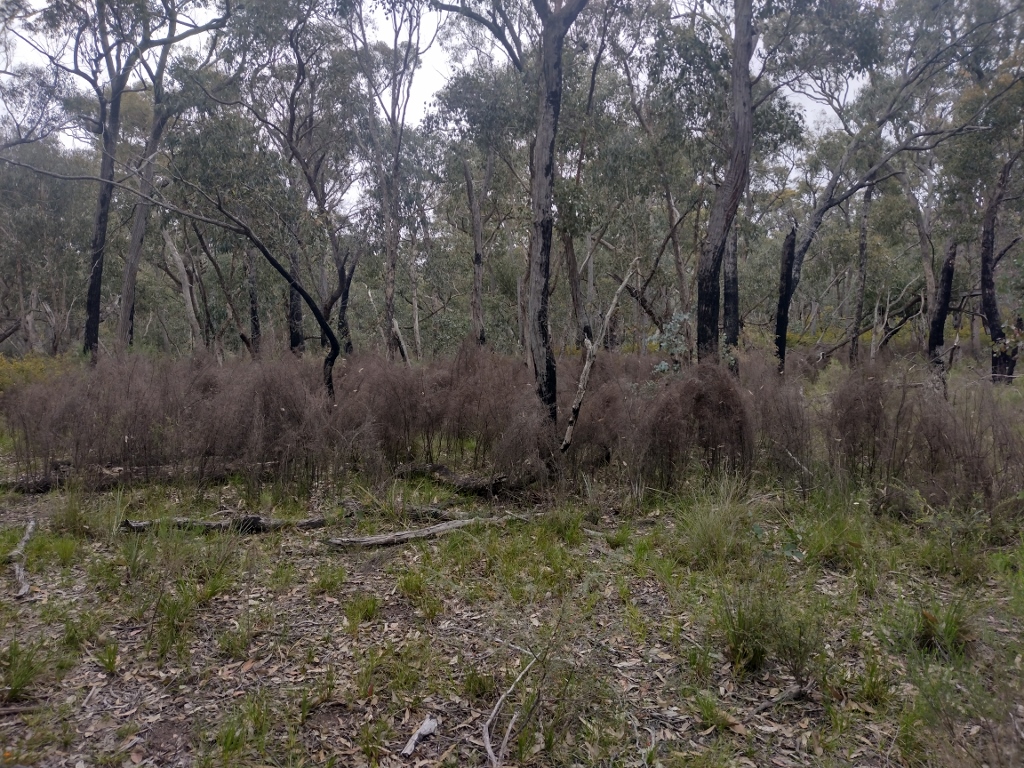






 Click on image for info/order page
Click on image for info/order page Click on image for info/order page
Click on image for info/order page Click on image for info/order page
Click on image for info/order page




















